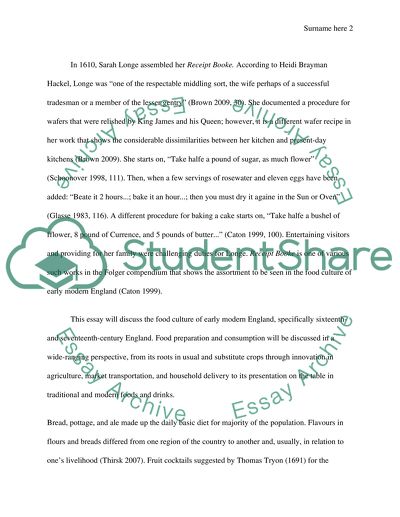Cite this document
(“Early Modern Food Culture in Great Britain (16th and 17th Century) Essay”, n.d.)
Early Modern Food Culture in Great Britain (16th and 17th Century) Essay. Retrieved from https://studentshare.org/miscellaneous/1564717-early-modern-food-culture-in-great-britain-16th-and-17th-century
Early Modern Food Culture in Great Britain (16th and 17th Century) Essay. Retrieved from https://studentshare.org/miscellaneous/1564717-early-modern-food-culture-in-great-britain-16th-and-17th-century
(Early Modern Food Culture in Great Britain (16th and 17th Century) Essay)
Early Modern Food Culture in Great Britain (16th and 17th Century) Essay. https://studentshare.org/miscellaneous/1564717-early-modern-food-culture-in-great-britain-16th-and-17th-century.
Early Modern Food Culture in Great Britain (16th and 17th Century) Essay. https://studentshare.org/miscellaneous/1564717-early-modern-food-culture-in-great-britain-16th-and-17th-century.
“Early Modern Food Culture in Great Britain (16th and 17th Century) Essay”, n.d. https://studentshare.org/miscellaneous/1564717-early-modern-food-culture-in-great-britain-16th-and-17th-century.


